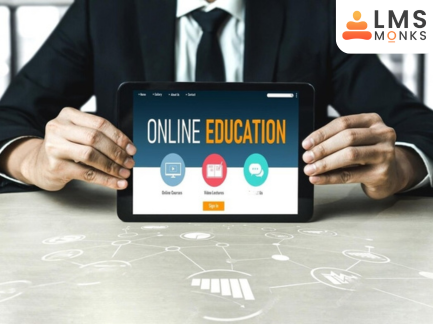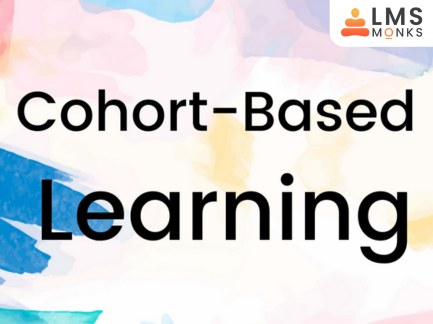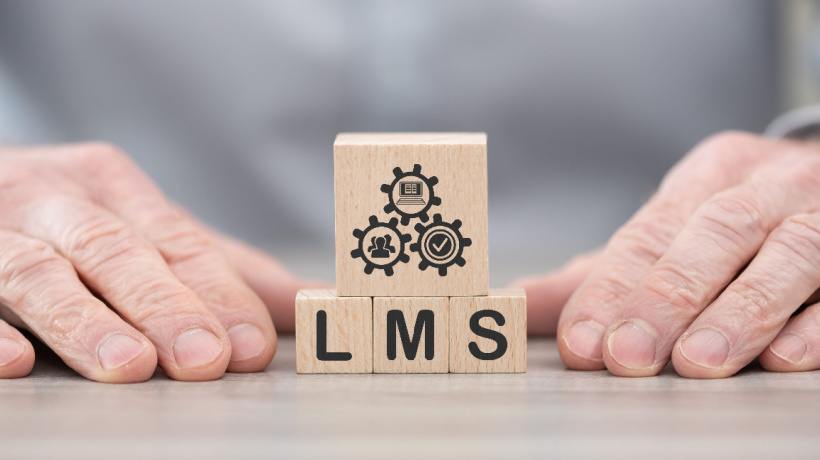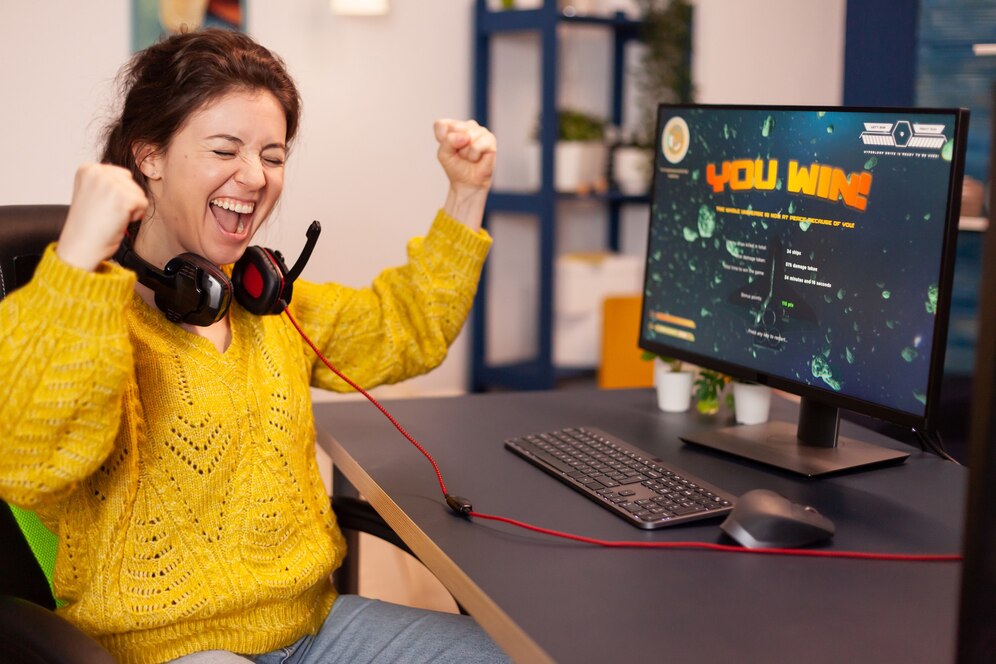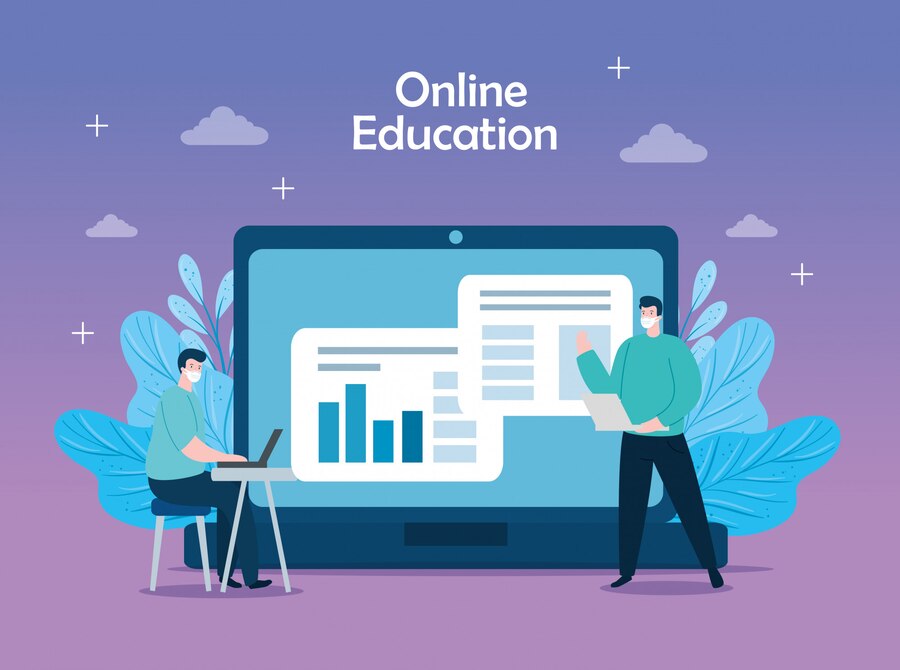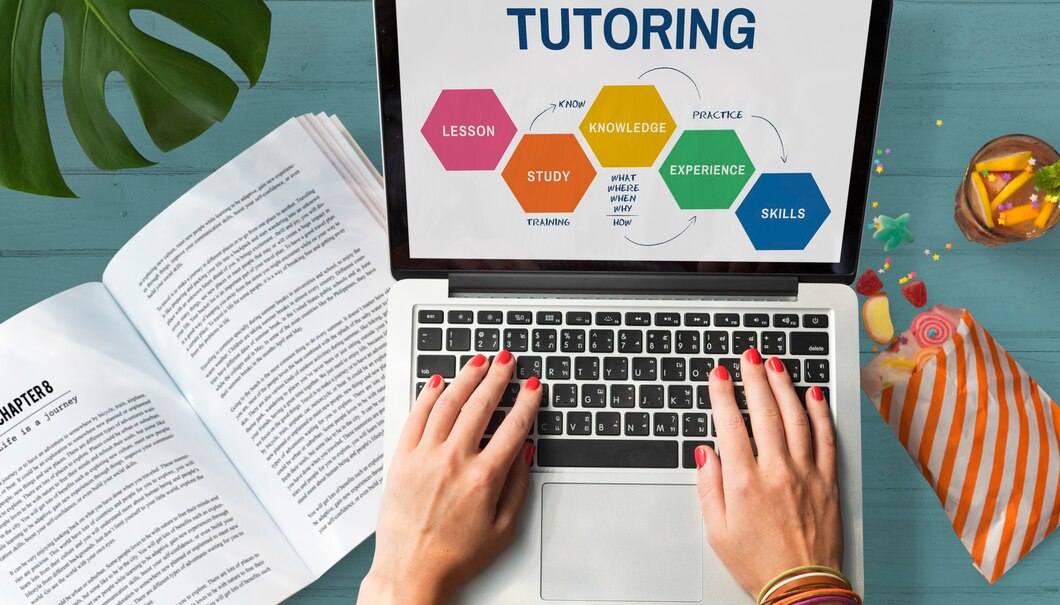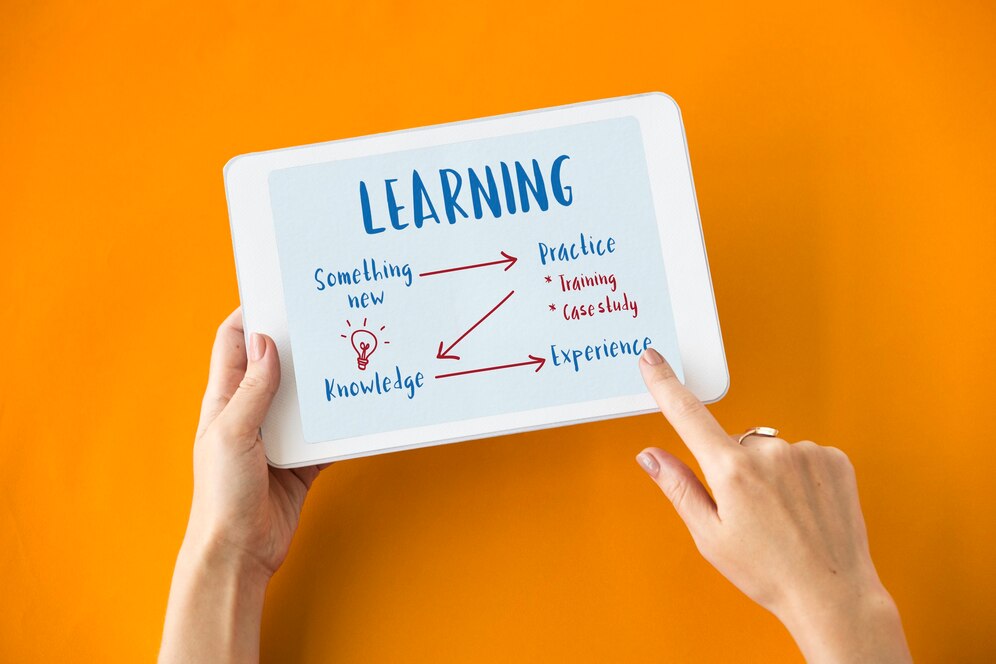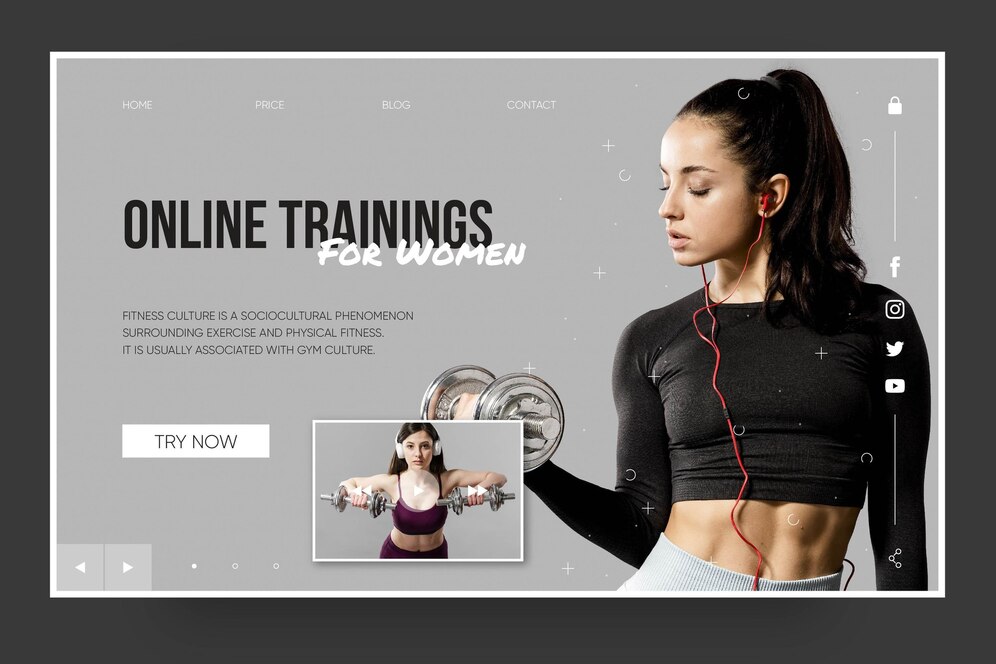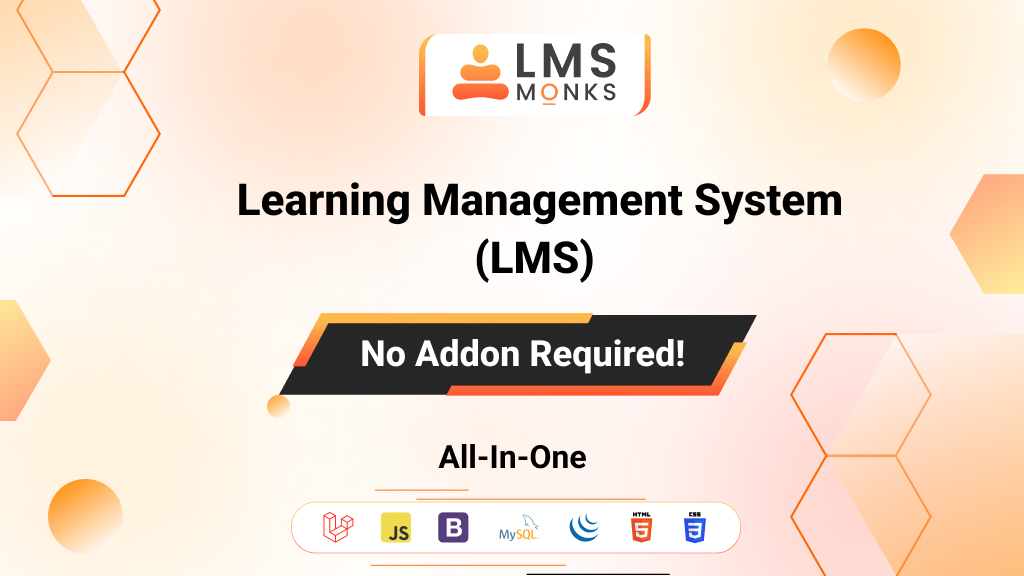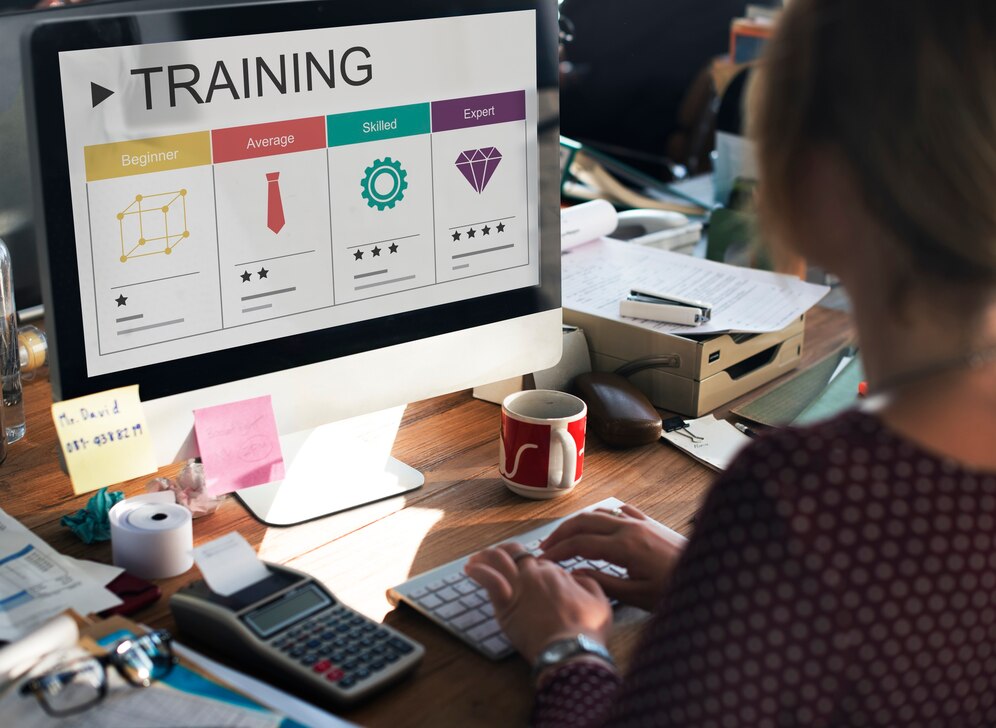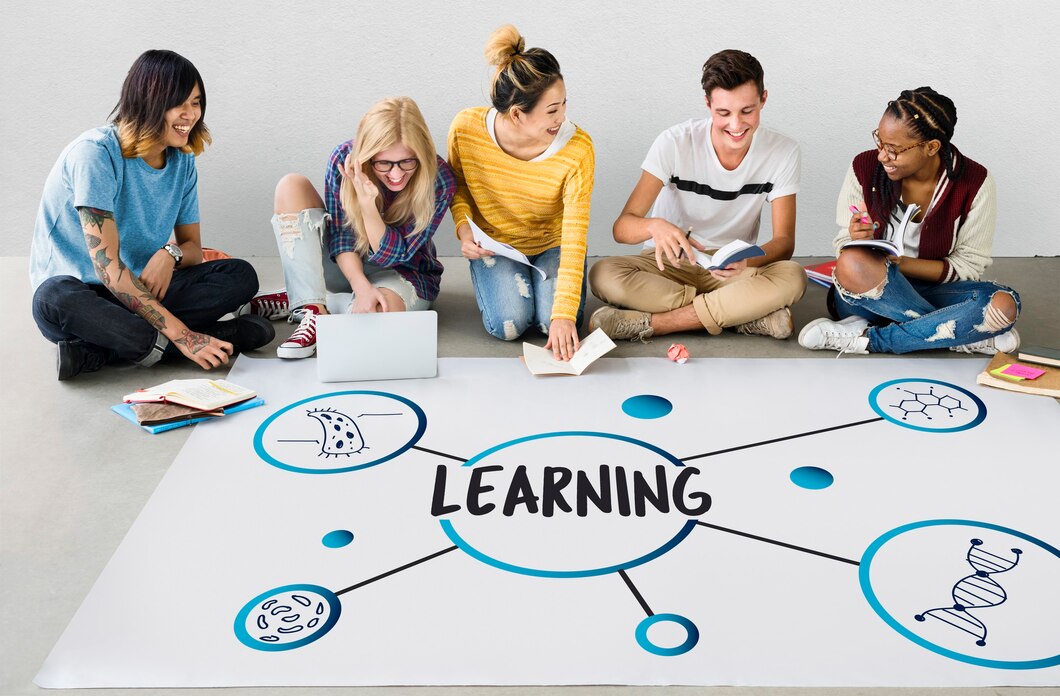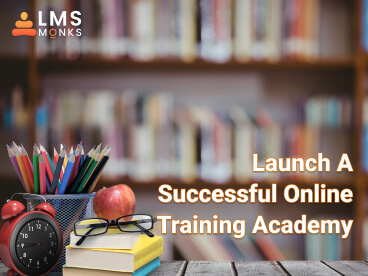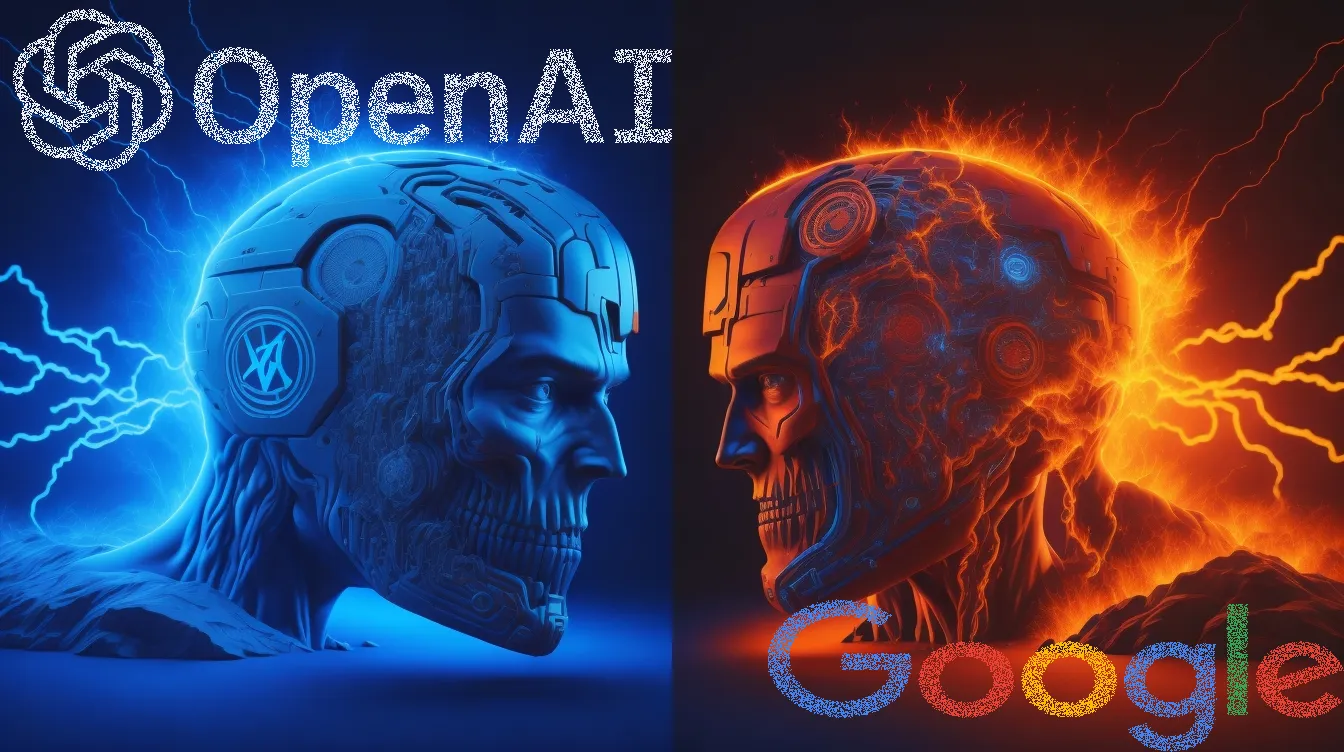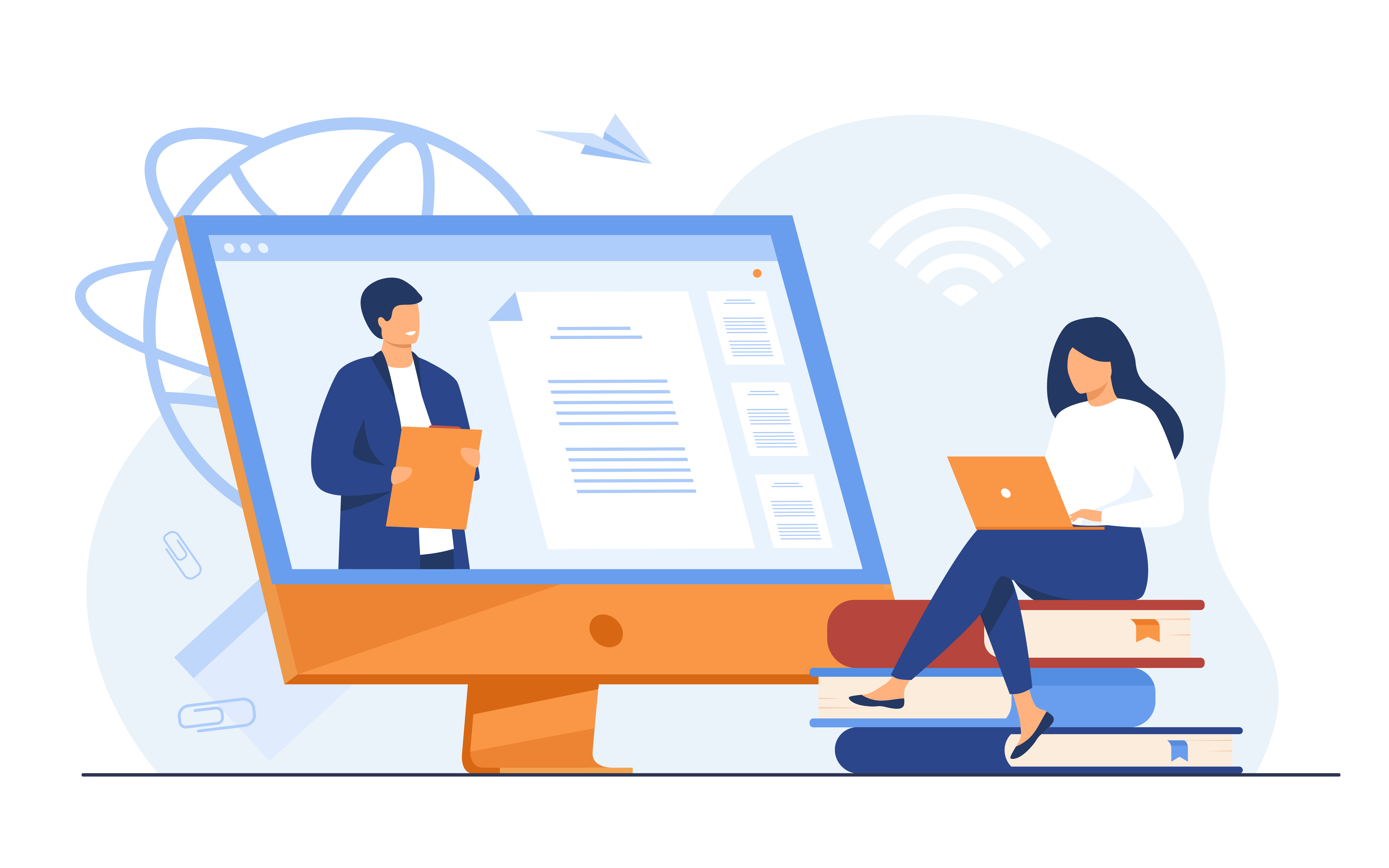
The rise of online learning has been phenomenal, especially in recent years. With the advancement of technology and the internet, more and more people are turning to online platforms for education. According to a report by Statista, the global e-learning market is projected to surpass $243 billion by 2022, showing the immense popularity of online learning.
However, there is an ongoing debate about whether online learning can completely replace traditional classrooms. While online learning offers convenience and flexibility, some argue that it lacks the personal interaction and hands-on experience that traditional classrooms provide. Despite this debate, online learning has proven to be a valuable alternative, offering a wide range of courses and programs that are accessible to people all over the world.
The Rise of the Online Learning
The number of students embracing online learning is constantly on the rise. A study by the Online Learning Consortium (OLC) revealed that over 9.1 million students enrolled in at least one online course during the fall semester of 2021 alone. This surge in popularity can be attributed to several factors.
Flexibility and convenience are hallmarks of online learning. Students can access course materials and lectures anytime, anywhere. This caters perfectly to individuals with busy schedules, working professionals, or those juggling family commitments. A recent survey by Udemy indicated that 73% of online learners cited flexibility as the primary reason for choosing this format.
Accessibility is another significant advantage. Online learning platforms break down geographical barriers, allowing students from remote locations or those with limited mobility to access quality education. The U.S. Department of Education highlights the role of online learning in expanding educational opportunities, particularly for students in underserved communities.
Personalized Learning is a growing trend in online education. Platforms often utilize adaptive learning technologies that tailor the curriculum to each student's individual strengths and weaknesses. This allows students to learn at their own pace and focus on areas requiring additional attention. Research by the Gates Foundation underscores the effectiveness of adaptive learning tools in improving student outcomes.
Cost-Effectiveness is another factor to consider. Online programs can be significantly cheaper than traditional classroom-based programs. The elimination of campus overhead costs, such as facilities maintenance and faculty housing, often translates into lower tuition fees for online learners. A 2023 article by CNBC highlighted the affordability of MOOCs (Massive Open Online Courses), with some platforms offering courses for as low as $49.
Online vs. Face-to-Face Interaction: Weighing the Benefits
The human element of interaction plays a crucial role in the learning process. Let's delve deeper into the advantages and disadvantages of online and face-to-face interactions in the educational setting.
Benefits of Face-to-Face Interaction:
Nonverbal Cues: Physical classrooms allow for crucial nonverbal communication like body language, facial expressions, and tone of voice. This helps educators gauge student understanding, identify areas of confusion, and foster a more empathetic learning environment.
Building Relationships: In-person interactions allow students and educators to build rapport and trust. This personal connection can motivate students, create a sense of belonging, and encourage them to actively participate in class discussions.
Real-Time Feedback: The immediacy of face-to-face communication allows for instant feedback and clarification. Students can ask questions, receive guidance, and adjust their learning approach as needed, leading to a deeper understanding of concepts.
Collaborative Learning: Classrooms facilitate group work, brainstorming sessions, and peer-to-peer learning. This collaborative environment allows students to learn from each other, develop communication skills, and cultivate teamwork abilities.
Benefits of Online Interaction:
Asynchronous Communication: Online platforms allow for asynchronous communication, enabling students to participate in discussions and ask questions at their own pace. This can be particularly beneficial for shy students or those needing extra time to formulate their thoughts.
Global Collaboration: Online learning platforms facilitate collaboration with students and experts worldwide. This exposure to diverse perspectives can broaden students' understanding and foster a more globalized learning experience.
Accessibility and Flexibility: Online discussions can extend beyond classroom hours, allowing students with busy schedules or those geographically distant to participate in the learning process.
Content Diversity: Online platforms can offer a wider range of multimedia content, including videos, simulations, and interactive exercises, catering to different learning styles and enhancing engagement.
By understanding the unique strengths of both online and face-to-face interactions, educators can create a more balanced and effective learning environment for all students.
The Challenges of Online Learning:
While online learning offers a plethora of advantages, it's not without its limitations.
Lack of Social Interaction is a major concern. Traditional classrooms foster collaboration and peer-to-peer learning, which can be challenging to replicate online. Studies, such as one published in the Journal of Educational Psychology, have shown that online learning environments can lead to feelings of isolation and a decreased sense of community among students.
Self-Discipline Required is another crucial factor. Online learning demands a high degree of self-motivation and time management skills. Students need to be proactive in scheduling their study time, completing assignments, and staying engaged with the course material. A survey by the National Center for Education Statistics revealed that online student dropout rates are typically higher than traditional classroom courses.
Limited Hands-on Learning presents a challenge for subjects that require practical experience or lab work. While online simulations and virtual labs are becoming increasingly sophisticated, they may not fully substitute for the hands-on experience gained in a physical classroom setting. A report by the American Association for the Advancement of Science emphasizes the importance of laboratory experiences in science education, highlighting the difficulty of replicating them entirely online.
Technology dependence is a potential hurdle. Online learning relies heavily on reliable internet access and access to computers or tablets. This can create a barrier for students from low-income backgrounds who may lack the necessary technology or internet connectivity.
The Future of Online Learning:
The debate about online learning replacing classrooms might be missing the bigger picture. The future of education might lie in a blended learning model that leverages the strengths of both online and in-person learning.
This approach could involve using online platforms for delivering lectures, pre-recorded content, and self-paced learning activities. Classroom time could then be dedicated to interactive sessions, group discussions, hands-on activities, and personalized instruction. Articles like one published in Education Week have showcased the success of blended learning models in various educational institutions, highlighting improved student engagement and academic performance.
The future also holds promise for the development of interactive technologies that can enhance online learning experiences. Virtual Reality (VR) and Augmented Reality (AR) could create immersive learning environments that bridge the gap between theory and practice. A report by the World Economic Forum explores the potential applications of VR/AR in education, suggesting they can revolutionize how students interact with course material.
The role of educators will also evolve in a blended learning environment. Instead of solely acting as lecturers, teachers will become facilitators and mentors, guiding students through online resources and creating engaging classroom experiences. They will need to develop strong skills in online course design and utilize data analytics tools to personalize learning for each student.
Conclusion
Online learning offers a valuable and accessible alternative to traditional classroom settings. It provides flexibility, personalized learning opportunities, and cost-effectiveness for many students. However, the lack of social interaction, self-discipline requirements, and limitations in hands-on learning highlight the importance of the physical classroom experience.
The future of education likely lies in a blended model that capitalizes on the strengths of both online and in-person learning. By leveraging online platforms for content delivery and self-paced learning, classrooms can become hubs for interactive discussions, practical activities, and personalized instruction. This approach, coupled with the development of immersive technologies and the evolving role of educators, holds the potential to create a dynamic and enriching learning environment for all students.
The debate about online learning replacing classrooms might be better phrased as how both can work together to create a more holistic and effective learning experience. As technology continues to evolve and educational practices adapt, the future of learning is brimming with exciting possibilities.
Do you want to give online learning a try?
Thinking about mixing online and in-person classes, or going fully online? The key is picking the right online learning software provider.
Want to see if online learning is the best fit for your school or business? Schedule an online demo or talk to one of our friendly e-learning experts and see how LMS Monks can help!
